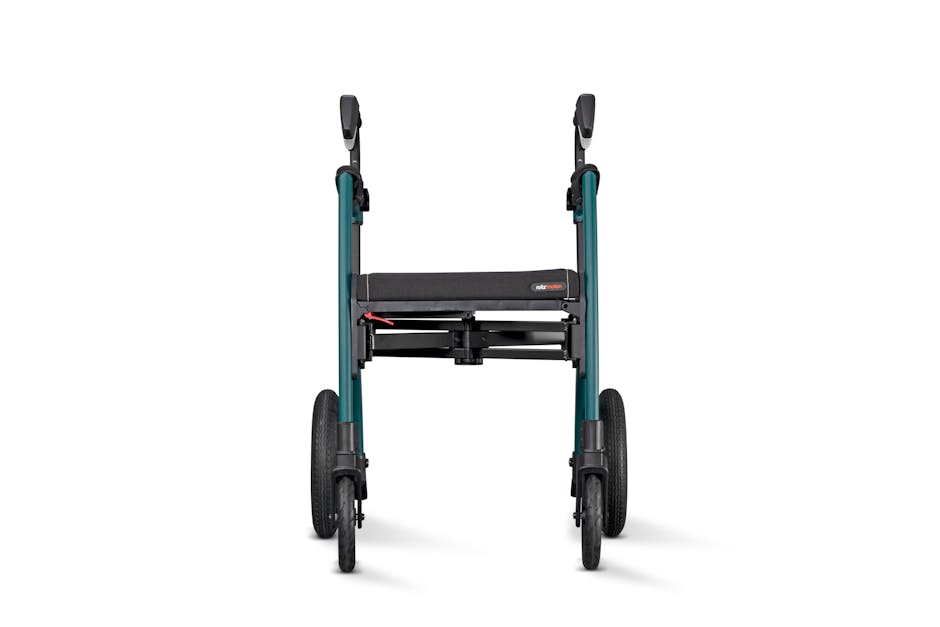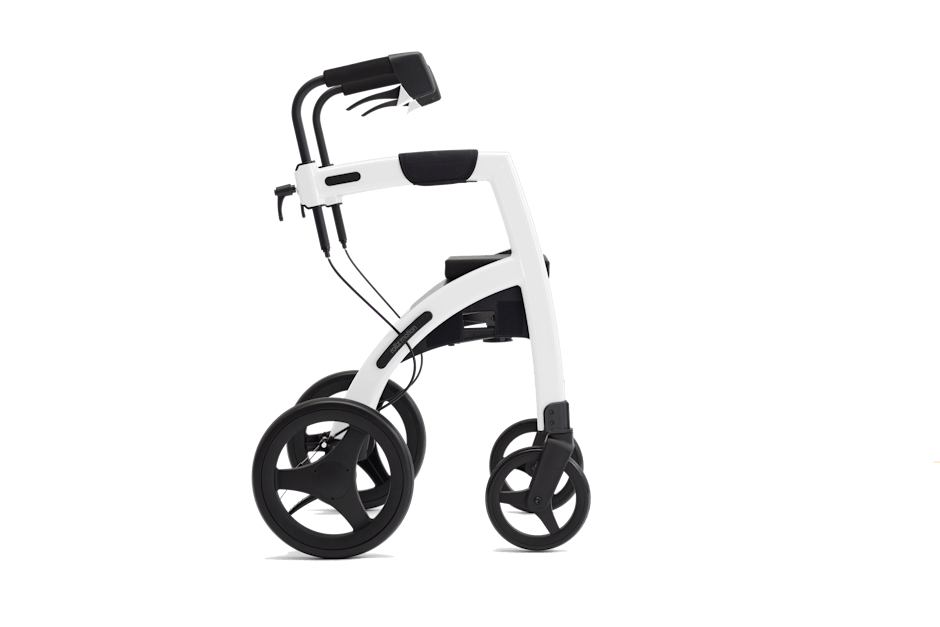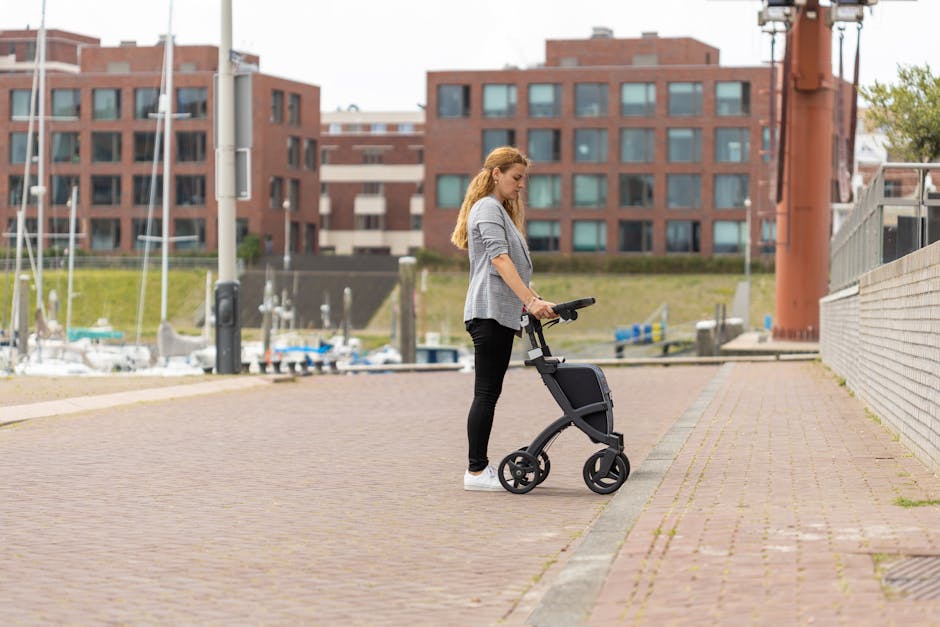423 E. Roosevelt Road, Lombard, IL 60148
630 895 8383

When looking for medical walkers with wheels and seats, it’s important to choose a model that meets your needs for mobility and comfort.
Here’s what you need to know right away:
Mobility aids are essential for seniors seeking independence and safety. Medical walkers with wheels and seats offer a convenient way to move around and provide an easy resting spot when needed. This combination of features ensures a perfect balance of support and comfort.
I’m Sazan Sylejmani, owner and pharmacist at Westmont Pharmacy. With a robust background in the retail pharmacy industry, I’ve guided countless individuals in selecting the best medical walkers with wheels and seats to enhance their mobility and overall well-being.

Choosing the right walker starts with understanding the different types available. Each type serves specific needs and offers unique features. Let’s break down the main categories: Standard Walkers, Wheeled Walkers, Rollators, and Upright Walkers.
Standard walkers are the most basic type. They have four legs with rubber tips, providing excellent stability. These walkers are ideal for individuals who need significant support while walking. They are lightweight and easy to use indoors.
Features:
Ideal for: Seniors or individuals recovering from surgery who need maximum support.
Wheeled walkers come with either two or four wheels. They are easier to maneuver than standard walkers but still provide good support.
Two-Wheeled Walkers:
Ideal for: Those who need moderate support but want easier maneuverability.
Four-Wheeled Walkers:
Ideal for: Individuals who need support but can walk more freely.
Rollators are advanced walkers with four wheels, a built-in seat, and hand brakes. They are perfect for those who need to rest frequently.
Features:
Ideal for: Seniors who need to take breaks while walking and require a convenient resting spot.
Upright walkers are designed to promote better posture. They have higher handles, which allow the user to stand more upright.
Features:
Ideal for: Individuals looking to improve their posture and reduce back strain while walking.
By understanding these different types of walkers, you can make an informed decision that best suits your mobility needs. Next, we’ll dive into the key features to consider when choosing medical walkers with wheels and seats.
When choosing medical walkers with wheels and seats, it’s important to consider several key features to ensure you get a walker that meets your needs. Let’s break down the most critical aspects:
A walker with adjustable height is crucial for maintaining good posture and reducing the risk of falls. Most top-rated walkers offer easy mechanisms to change the height, accommodating users of different statures.
It’s essential to choose a walker that can support your weight comfortably. Check the manufacturer’s specifications to ensure the walker is designed to handle your weight. For instance, some models support up to 300 pounds, but always verify to avoid any safety issues.
The size of the wheels on your walker will affect its stability and ease of movement. Larger wheels are better for outdoor use and uneven surfaces, while smaller wheels are more suited for indoor use, providing easier maneuverability in tight spaces.
Brakes are a crucial safety feature for any walker with wheels. Look for models with locking hand brakes, which allow you to stop and secure the walker when needed. This feature is especially important if you plan to use the walker as a seat.
If you travel frequently or need to store your walker in small spaces, portability is key. Folding walkers are ideal for this purpose. They collapse easily, making them convenient to transport in car trunks or store in tight spaces.
Walkers with built-in storage options, like baskets, trays, or pouches, can be very convenient. These features allow you to carry personal items, groceries, or medical supplies without needing an additional bag. Many three-wheel and four-wheel walkers come with these storage solutions, making them practical for daily use.
By focusing on these key features, you can select a walker that offers both functionality and comfort, tailored to your specific needs.
When it comes to medical walkers with wheels and seats, there are several popular models to consider. Each type offers unique benefits tailored to different needs. Let’s dive into the advantages of three-wheeled walkers, four-wheeled walkers, rollators, and upright walkers.
Compact and Maneuverable
Three-wheeled walkers are perfect for those needing a compact and nimble option. Their design makes them easy to navigate through tight spaces, such as crowded stores or narrow hallways.

Stable and Continuous Support
Four-wheeled walkers, or rollators, offer enhanced stability and are suitable for those who need continuous support while walking. They are equipped with four wheels, making them more stable on various surfaces.

Versatile and Comfortable Seating
Rollators are a type of four-wheeled walker but with added features for versatility and comfort. They often come with built-in seats, storage options, and hand brakes, making them a versatile choice for both indoor and outdoor use.

Ergonomic and Enhanced Posture
Upright walkers are designed to promote better posture by allowing users to walk in a more upright position. This can help reduce back pain and improve overall mobility.

Each of these models offers distinct advantages, making it easier to find one that suits your specific needs. Next, we’ll address some common questions about choosing the right walker.
Yes, Medicare Part B can cover the cost of a walker with a seat if it’s deemed medically necessary. To qualify:
For more details, consult your healthcare provider or Medicare directly.
Rollators and wheeled walkers serve different needs. Here’s how they differ:
Usage: Ideal for outdoor use and longer walks.
Wheeled Walkers:
Usage Scenarios:
– Rollators are great for people who need to rest frequently.
– Wheeled walkers are better for those who need more stability and less frequent rest.
For balance issues, four-wheel models are often the best choice due to their stability features:
By focusing on stability features, four-wheel models can greatly enhance your balance and safety.
Choosing the right walker is crucial for enhancing your mobility and maintaining your independence. With so many options available, it can be overwhelming to find the perfect fit. Here are a few key points to consider:
Assess Your Needs: Understand your mobility requirements. Do you need a walker for short distances or extended use? Do you need a seat for resting? Knowing your needs helps narrow down your choices.
Consider Features: Look for adjustable handle heights, weight capacity, and wheel size. Features like hand brakes and back support can add extra layers of safety and comfort.
Test for Comfort: Make sure the walker feels comfortable and stable. The right walker should make you feel secure and confident.
At Monty’s Home Medical, we are dedicated to helping you find the perfect walker. Our expert team offers personalized service and guidance to ensure you choose a walker that fits your specific needs.
Why Choose Us?
Visit our store to explore our extensive collection and take the next step towards enhanced mobility and a more fulfilling life.
Choosing the right walker can significantly improve your quality of life. Let Monty’s Home Medical be your trusted partner in this journey.